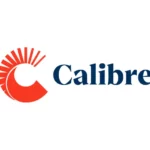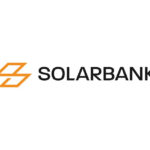The workplace group messaging app Slack is starting to gain steam as users by the thousands are reaping its benefits for the workplace. With its surging popularity, many investors are waiting in line to place their investment on the untested business. After a year-long wait, investors now get a chance to think about their gamble as Slack provides its year-on-year growth rate and $140.7 million annual net losses in their filing, marking their debut in the market.
Slack Technologies, which resides in San Francisco, revealed that it has over 10 million active users daily by the end of 2019’s first month. Slack plans to go public by direct listing, which is identical to the route that the music streaming app Spotify took last year.
With over 88,000 individuals or companies paying for its services, Slack managed to bring up their customer usage by over 50 percent from 2018 and doubled their 37,000 number in the previous year, according to the Slack Technologies’ regulatory filing.
The most significant customers for Slack pay up to $100,000 annually. The company revealed that 575 customers are engaging in premium services, which rose from 298 in 2017. The rise in paying clients accounts for 40 percent of the total revenue filed by Slack for fiscal 2019. Despite the high number of paying customers, an individual account did not account for more than three percent.
The company announced that over 500,000 individuals and companies are using the free subscription plan, which is the factor for the 82 percent jump from 2018 to over $400 million. The $400 million figure is up from 2017’s $105 million.
News Company Thomson Reuters made a report about Slack’s hope in landing a valuation close to $10 billion in the listing. The high assessment may be possible within the next few weeks after going public.
According to Forge Chief Executive Officer Kelly Rodriques, there are determined investors and Slack employees that are trying to sell the company’s stock at $28 per share, which will give Slack a valuation of at least $17 billion.
Slack is starting to experience problems with costs, which is typical for most startup businesses. Operating expenses saw a rise of 49 percent amounting to over $503 million for 2019. Marketing costs and expensive sales are some of the factors that contribute to the increase in total expenses. IPO expert Jay Ritter believes that there is profitability potential for Slack, which is a company that relies on technology and scalability. Ritter also believes that companies similar to Slack like Spotify and Dropbox are offering free usage for people with the potential to become premium customers. The free to use method is a way to gain paying clients, proving to be a good business strategy.
Slack plans to sell on the New York Stock Exchange. Among the most significant shareholders are Andreessen Horowitz, Japanese giant SoftBank, and Accel Partners. However, the company believes that it will incur losses in the future and may have difficulty in maintaining profitability in the long-term.














